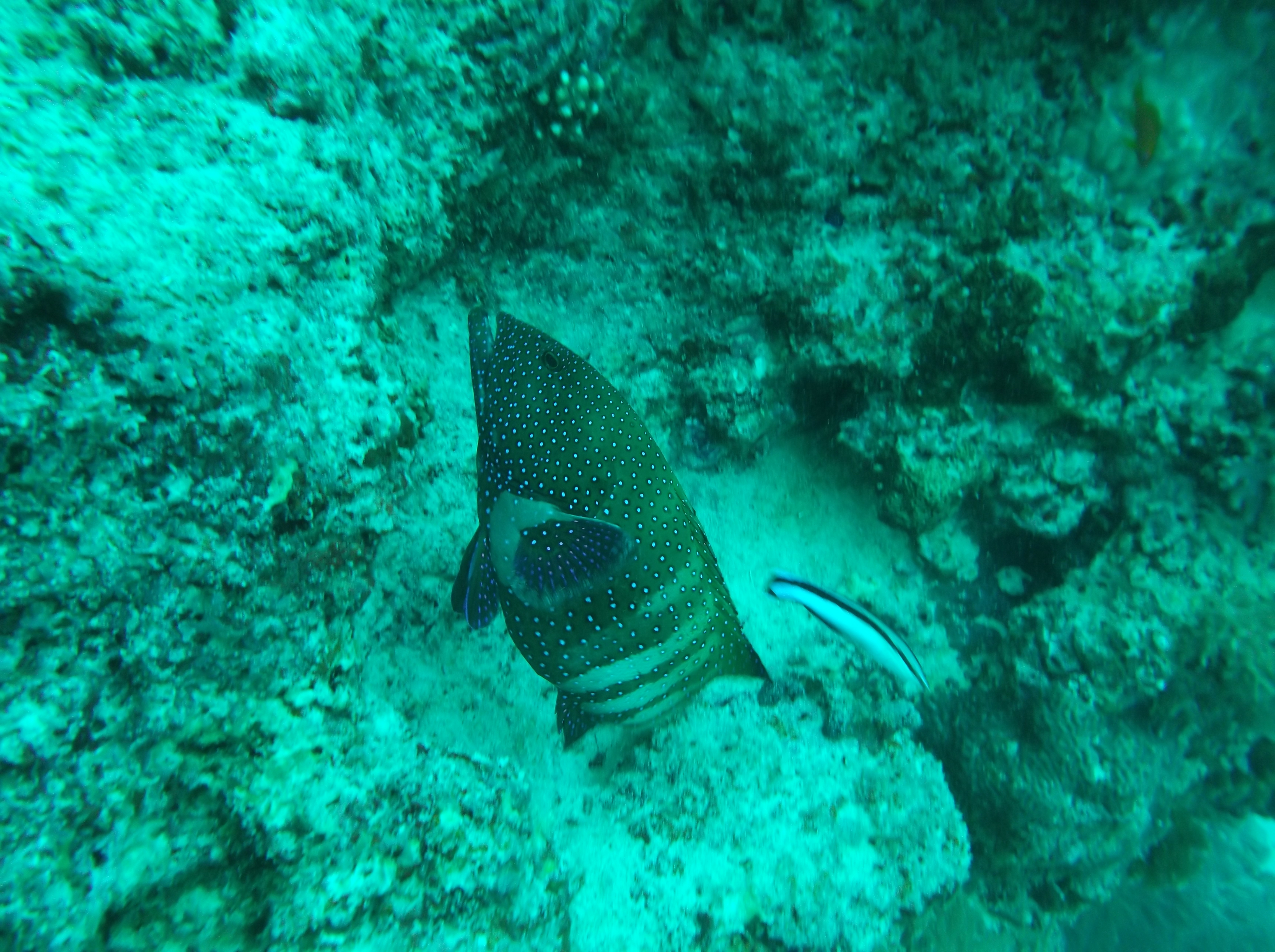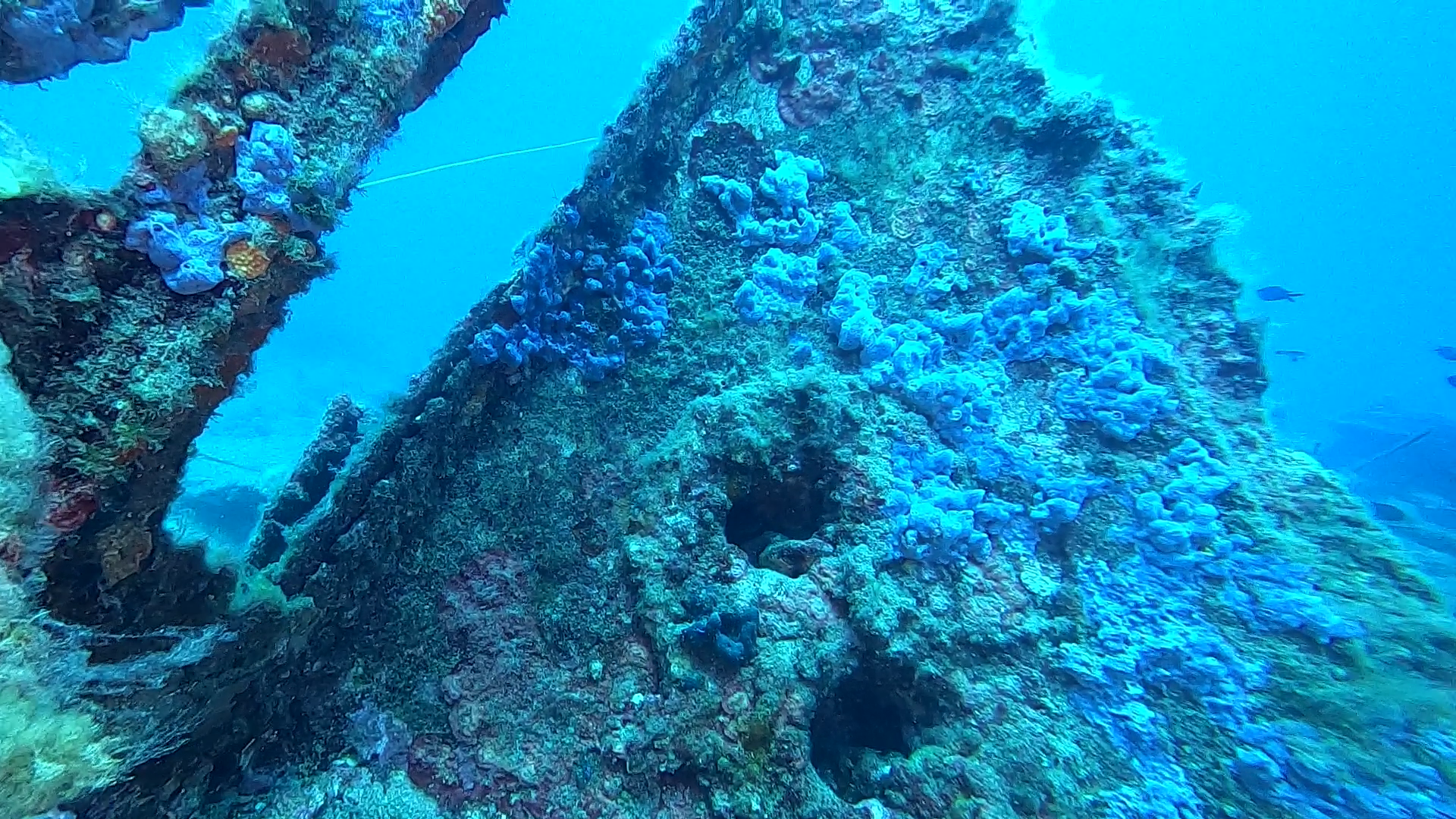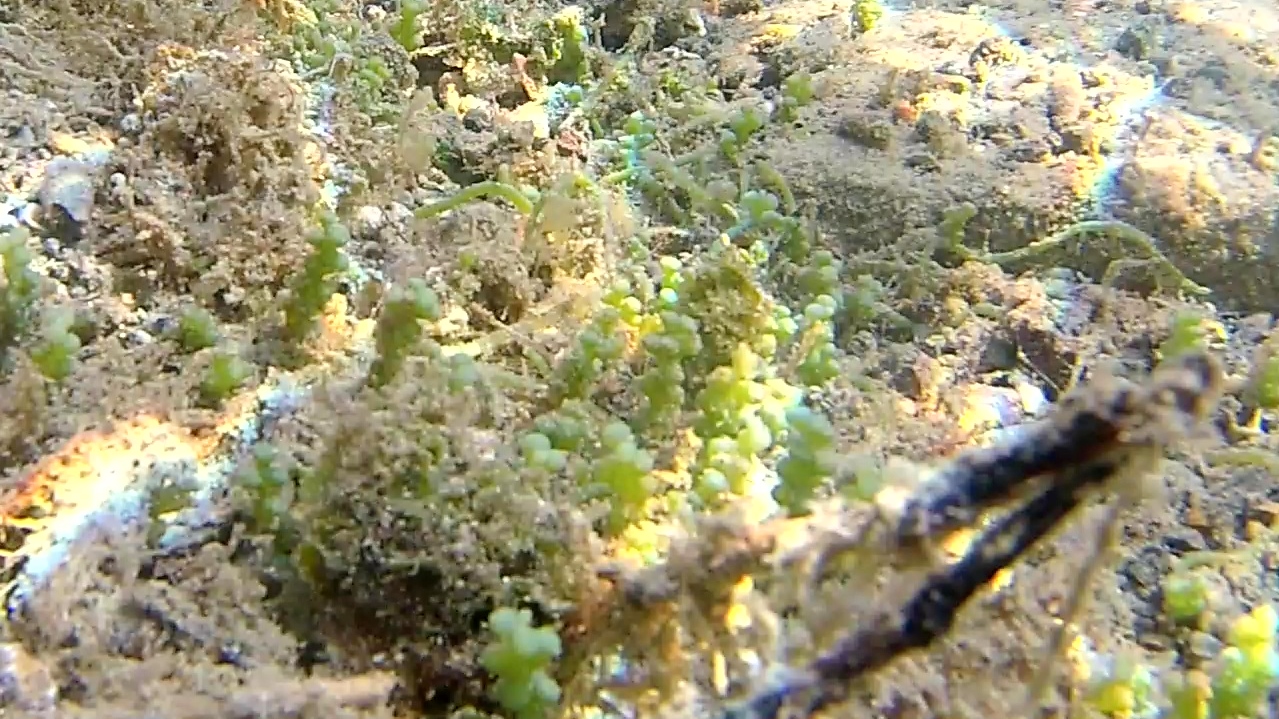
The Caulerpa Racemosa is a green alga from the Caulerpaceae family. It is native to the Red Sea, but it is an allochthonous species of the Mediterranean Sea, where it has penetrated through the Suez Canal and where it has easily adapted. In the Mediterranean, together with Caulerpa Taxifolia, it is threatening the Posidonia Oceanica meadows of which it is a strong competitor. Caulerpa a grappoli Caulerpa racemosa alga algae intotheblue.it
We found it in a stretch of cliff on the Livorno coast: since Livorno is an important port of the Mediterranean it is easy to imagine that it arrived there through the ballast waters of ships.
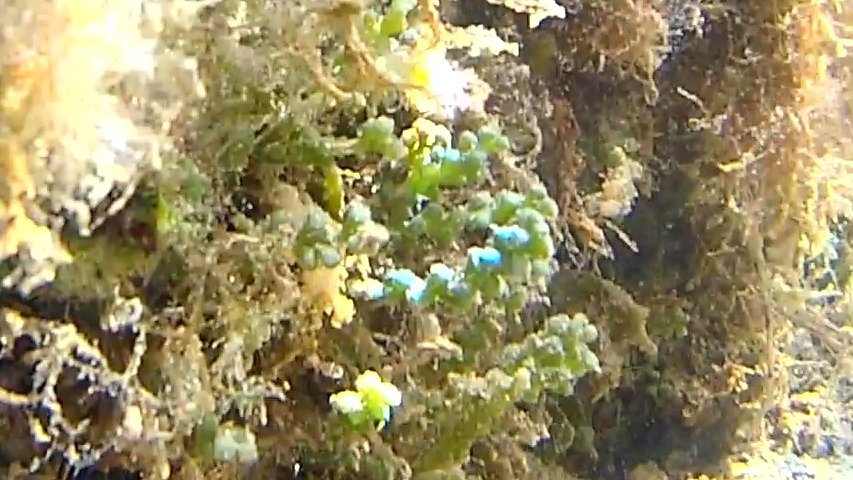
Caulerpa Racemosa – intotheblue.it
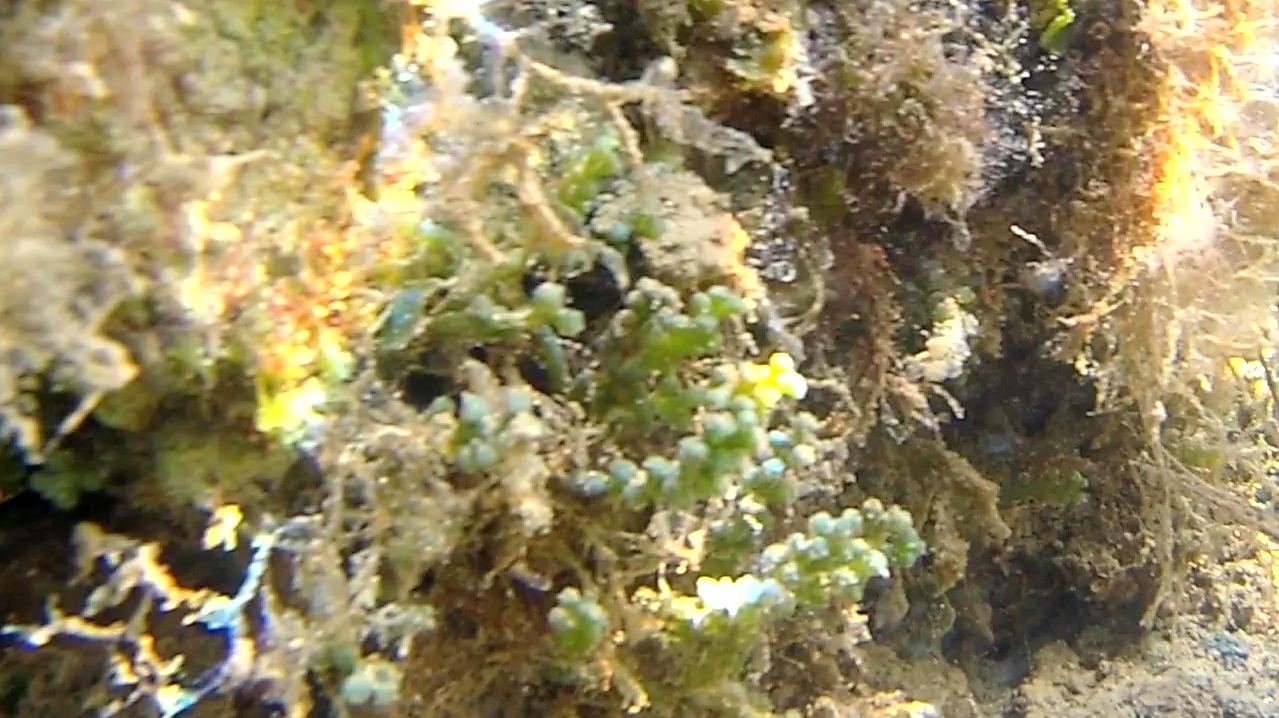
Caulerpa Racemosa – intotheblue.it
Algae lack the various structures that characterize land plants, such as the phyllids (leaf-like structures) of bryophytes, rhizoids, in nonvascular plants, the roots, leaves, and other organs found in tracheophytes (vascular plants). Most are photrophic, although some are mixotrophic, deriving energy both from photosynthesis and uptake of organic carbon either by osmotrophy, myzotrophy, or phagotrophy. Some unicellular species of green algae, many golden algae, euglenids, dinoflagellates, and other algae have become hetrotrophs (also called colorless or apochlorotic algae), sometimes parasitic, relying entirely on external energy sources and have limited or no photosynthetic apparatus. Some other heterotrophic organisms, such as the apicomplexans, are also derived from cells whose ancestors possessed plastids, but are not traditionally considered as algae. Algae have photosynthetic machinery ultimately derived from cyanobacteria that produce oxygen as a by-product of photosynthesis. Caulerpa a grappoli Caulerpa racemosa alga algae intotheblue.it
Algae can be used as indicator organism to monitor pollution in various aquatic systems. In many cases, algal metabolism is sensitive to various pollutants. Due to this, the species composition of algal populations may shift in the presence of chemical pollutants.To detect these changes, algae can be sampled from the environment and maintained in laboratories with relative ease.
(extract from Wikipedia)
 English
English Italiano
Italiano
